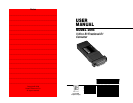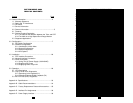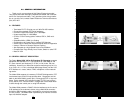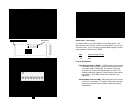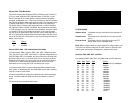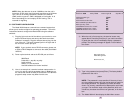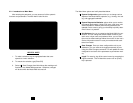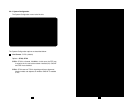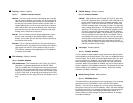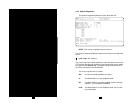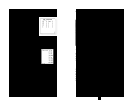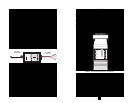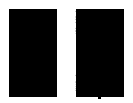
3.2.2 System Configuration
The System Configuration menu looks like this:
The System Configuration options are described below:
Line Format: G.703
(default)
Options: G.703, G.704
G.703: G.703 is unframed, 2.048Mb/s. In this case, the DTE rate
is equal to the line rate at the network interface (NI). CAS MF
and CRC-4 are disabled.
G.704: G.704 reserves TS0 for signaling and frame alignment.
Maximum data rate depends on whether CAS MF is enabled
or not.
15
16
Line Coding: HDB3
(default)
Options: HDB3, AMI
HDB3: In this line coding, the transmitter substitutes a deliberate
bipolar violation when excessive zeros in the data stream are
detected. The receiver recognizes these special violations
and decodes them as zeros. This method enables the net-
work to meet minimum pulse density requirements. Unless
AMI is required in your application, HDB3 should be used
whenever possible.
AMI: Alternate Mark Inversion defines a pulse as a "mark,” a
binary one, as opposed to a zero. In a E1 network connec-
tion, signals are transmitted as a sequence of ones and
zeros. Ones are sent as pulses, and zeros are sent as
spaces, i.e., no pulse. Every other pulse is inverted from the
previous pulse in polarity, so that the signal can be effectively
transmitted. This means, however, that a long sequence of
zeros in the data stream will cause problems, since the NTU
receiving the signal relies on the signal to recover the 2.048
Mb/s clock. If you must use AMI, you should ensure that the
data terminal equipment connected to the unit provides a min-
imally acceptable pulse density. For this reason, there are
advantages to using HDB3 instead.
a
b



